The Psychology of Your Child’s Halloween Costume
Hero, monster, princess, goth, influencer, or pop star? A Halloween costume isn’t just make-believe — it often reflects deeper aspects of children’s identity, psychology, and development.
Halloween remains one of the most exciting times of the year for kids. Beyond candy and decorations, costumes serve as a stage where children and teens experiment with identity, explore emotions, and connect socially. In today’s pop-culture-saturated, TikTok-driven era, what your child wears may reveal who they are becoming — and what they value most.
Monsters and the Macabre
Classic monsters — zombies, vampires, skeletons, and ghouls — remain staples. But their meaning evolves with the times. Zombies connect not just to fears of conformity but also to modern fatigue with “doom scrolling” and blending into the crowd. For kids, monsters offer a safe way to confront fear, turning something scary into something controllable.
Princesses in the TikTok Era
Elsa, Moana, and Ariel are still popular, but princess culture has shifted. Today children remix princesses with memes, parody spins, or darker mashups. Wanting to be a princess reflects a child’s desire for attention, belonging, and recognition, but this choice is now often playful, ironic, or blended with other roles (a princess with a sword, or a superhero princess).
Heroes, Villains, and Influencers
Superheroes like Spider-Man, Thor, Wonder Woman, and Batman remain beloved, but their ranks now include:
- Bluey, especially for younger children, symbolizing the comfort of family, playfulness, and creativity.
- K-Pop Demon Hunters, blending global fandom style with fantasy adventure. These costumes capture children’s desire for both power and music-driven performance.
- Wednesday Addams and Goth Style, giving tweens and teens a way to experiment with darker moods, outsider identity, and self-expression without rejection from peers.
- Influencers and Streamers (Minecraft creators, TikTok stars, or YouTubers), signifying parasocial connections. Children feel they “know” these figures, and dressing up as them signals belonging in shared fandoms.
Heroes and villains still allow children to explore issues of morality and curiosity about what makes people “good” or “bad.” And now, the line between hero and influencer is increasingly blurred, reflecting the reality of modern kids’ role models.
Pop Stars and Tween Aspirations
Tweens and teens especially look toward real stars. Costumes inspired by Sabrina Carpenter, Olivia Rodrigo, Billie Eilish, Taylor Swift, and similar figures are everywhere. These choices reflect longing for confidence, glamor, and self-expression.
Developmentally, dressing as a pop idol can be a safe way to test identities: “What does it feel like to be admired?” “How would it feel to perform?” But when costumes blur into oversexualization, parents will need to step in with gentle guidance.
Weapons, Power, and Play
Swords, staffs, and pixelated blasters remain a big draw. Kids use weapons in costume as symbols of power, not real violence. Today’s choices lean toward fantasy — glowing swords, gaming-inspired gear — a way to experiment safely with power and mastery.
“Sexy” Costumes and Tween Identity
The most controversial trend continues to be the rise of sexualized costumes for tween and teen girls. Influencer aesthetics and “idol-style” costumes often push boundaries. Some of this is normal experimentation with identity, but it becomes trickier when social media adds pressure to present oneself in polished or alluring ways.
Parents can view these moments as developmental opportunities: to discuss body image, belonging, and confidence. Wanting to be Sabrina Carpenter doesn’t need to mean embodying a sexualized version of her. It can also simply mean enjoying her music, style, or sense of independence.
What Costumes Symbolize for Children and Teens
At all ages, Halloween costumes echo core psychological themes:
- Identity exploration: Who am I becoming?
- Emotional mastery: Can I turn fear or uncertainty into power?
- Belonging: Which characters, memes, or stars connect me to my peers?
- Experimentation: What happens if I try being someone powerful, silly, glamorous, or edgy?
Tips for Parents: Kids vs. Teens
For Younger Kids
- Ask what the costume means to them. A zombie may represent conquering fear, while Bluey might reflect comfort and imagination.
- Guide gently on weapons. Distinguish between imaginative props and overly realistic ones to ensure safe fun.
- Celebrate creativity. DIY or customized costumes give kids a chance to take ownership and glow with pride.
For Tweens and Teens
- Open dialogue on role models. When your teen wants to be a pop star or an influencer, ask what draws them to that person — style, confidence, talent, or popularity. This can lead to deeper conversations about values and self-image.
- Address sexuality thoughtfully. If a costume feels too adult or revealing, use it as a teaching moment about media influence, body autonomy, and healthy boundaries.
- Normalize darker choices. A Wednesday Addams costume or goth style doesn’t necessarily mean negativity; it may signal individuality, mood exploration, or wanting to stand out.
- Respect identity exploration. Teens experiment with self-expression more boldly. Support where you can and set boundaries when you must — but try to meet their costumes with curiosity, not judgment.
- Focus on the “why.” Understanding the underlying motive behind a costume often matters more than the outfit itself.
Halloween remains a night where kids and teens “try on” versions of themselves: scary, beautiful, powerful, or admired. Costumes are masks, but they’re also mirrors — reflecting inner needs, aspirations, and the cultural currents surrounding them.
Happy Halloween 2025 — to the superheroes, princesses, monsters, pop stars, goths, influencers, and dreamers roaming the night!
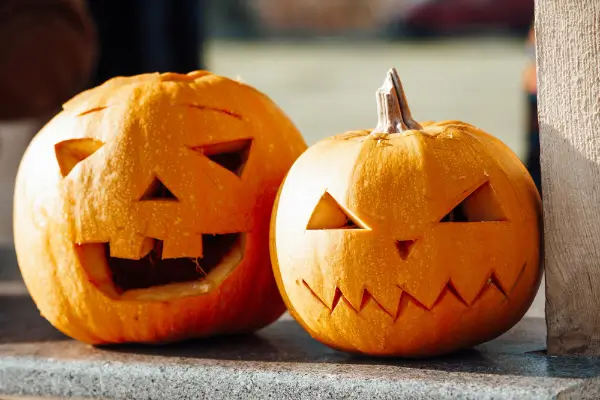
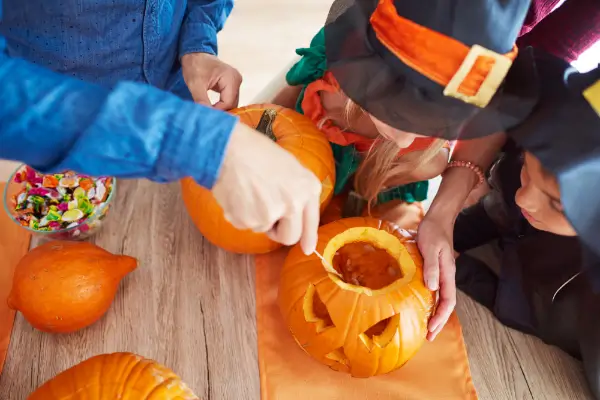
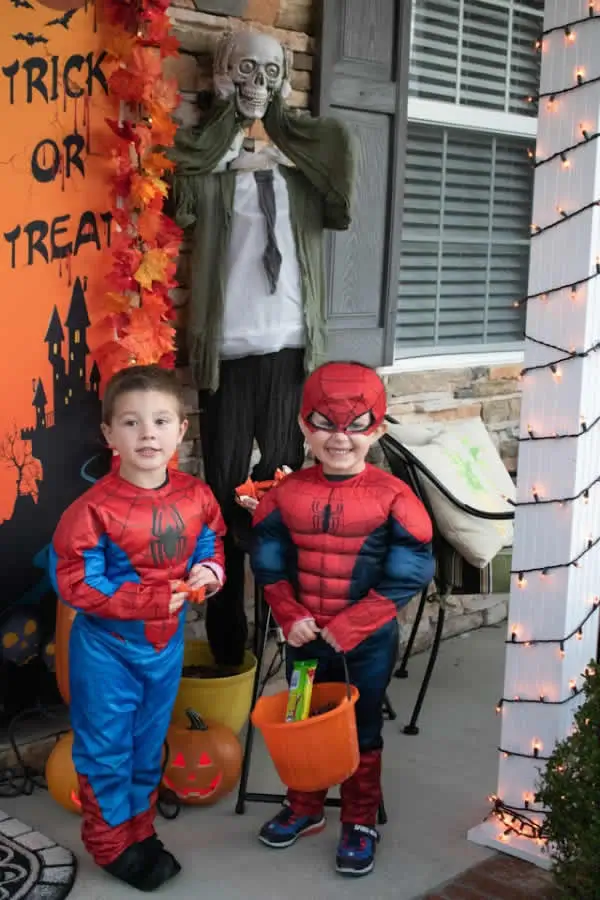
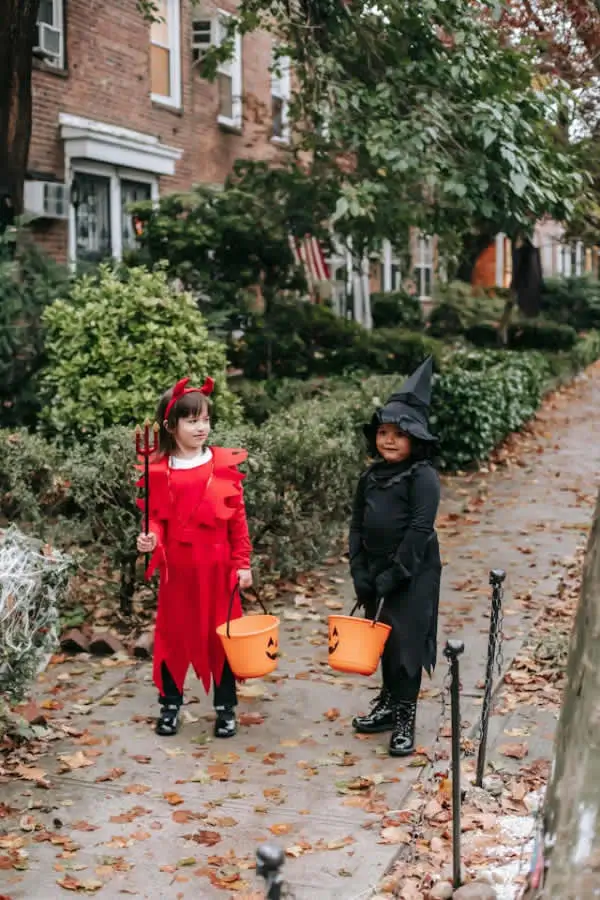
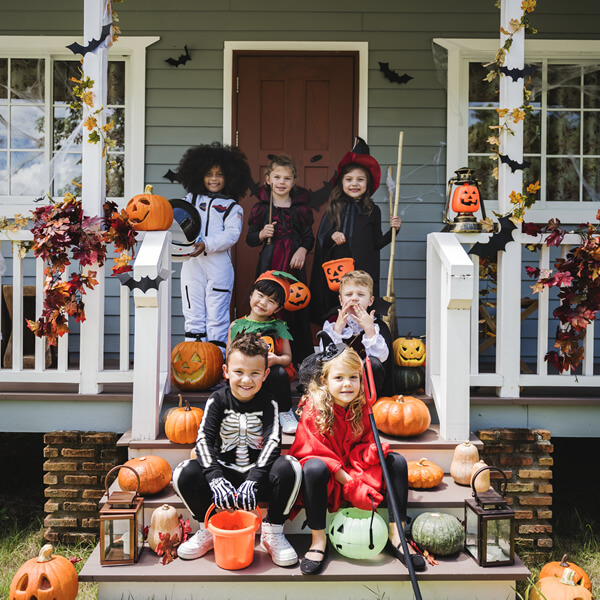
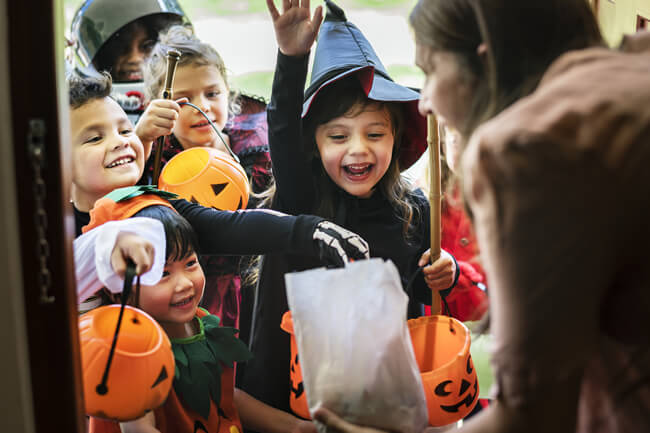
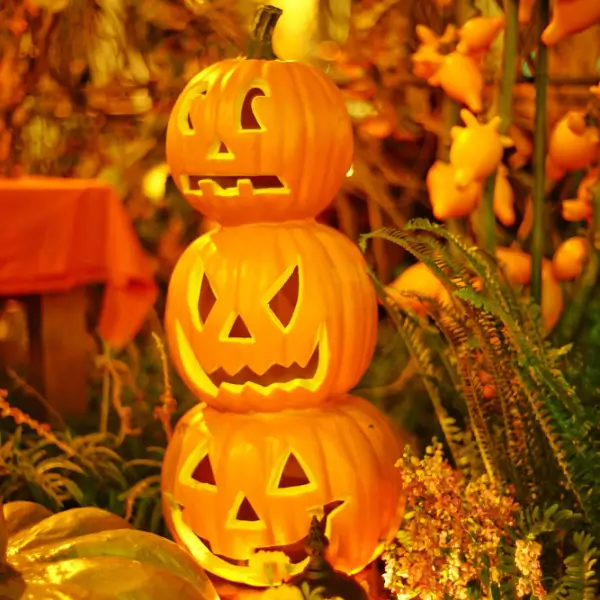
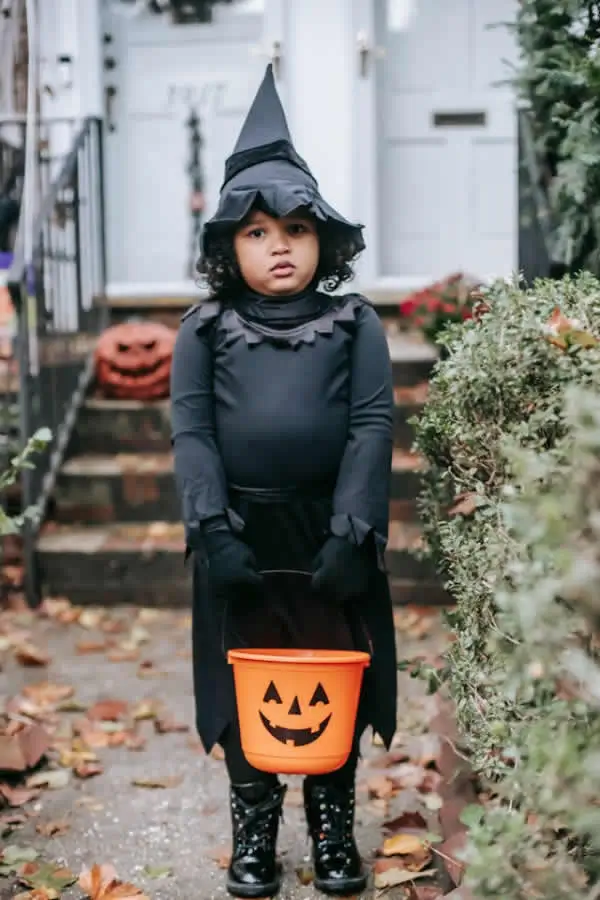
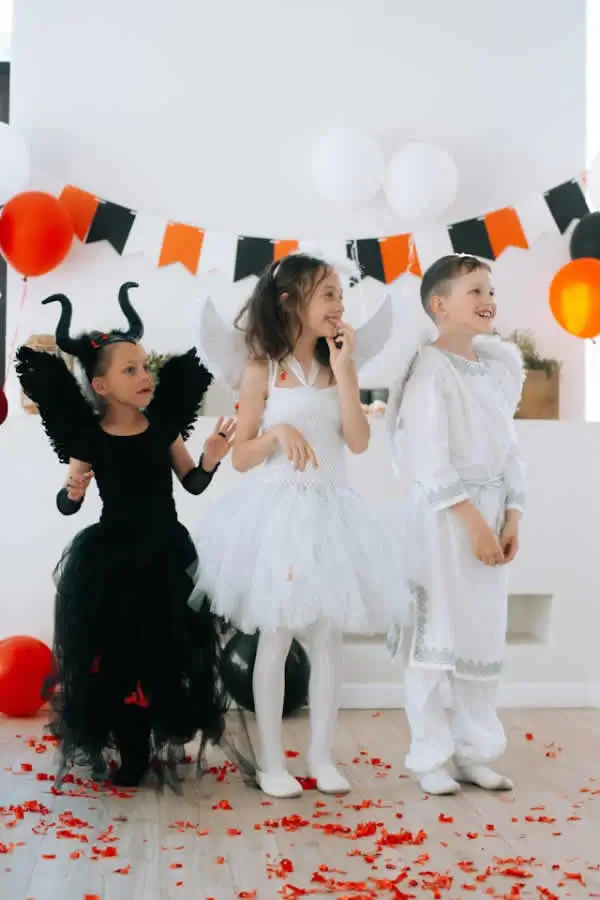
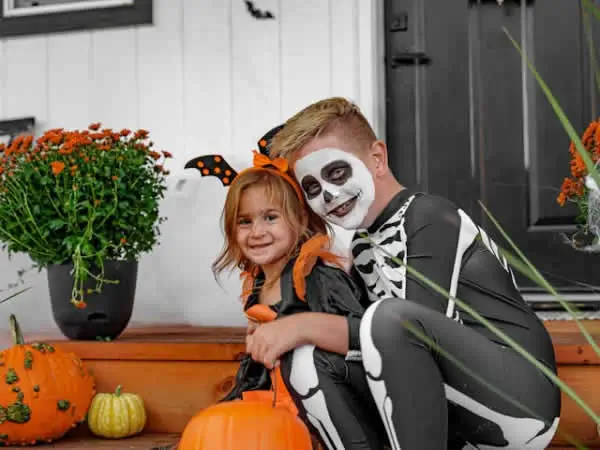

Michael Oberschneider, Psy.D, NCCE, NCPC, is a Nationally Certified Custody Evaluator and Parenting Coordinator in private practice in Northern Virginia. Much of Dr. Oberschneider’s practice is dedicated to working with families who are going through high-conflict divorces. www.ashburnpsych.com
